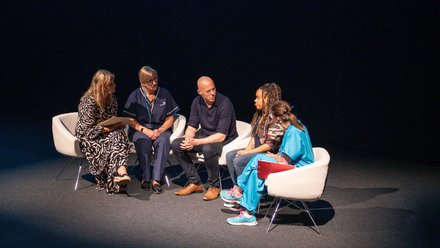ICS and PICS respond to the Junior Doctor Industrial Action
Staff in adult and children’s Intensive Care Units throughout the UK routinely provide a 24/7 service caring for some of the sickest and most vulnerable patients in the NHS. Consequently, the multi- professional members of both the Intensive Care Society (ICS) and Paediatric Intensive Care Society (PICS) share genuine and practical experience of the challenges in providing this level of cover for critically ill patients of all ages.
Both ICS and PICS acknowledge that the British Medical Association and the Department of Health have not been able to resolve key areas in the new contract pertaining to safety and fair pay.
Junior Doctors in critical care have prolonged training and heavy out of hours rota commitments, and both Societies are deeply concerned that the current proposed contract for Junior Doctors contains financial and career path disincentives which will damage recruitment into these crucial lifesaving specialties in the medium and long term future.
While supporting the principles of seven-day healthcare for those who need it, we also share concerns that the proposed changes to the existing Junior Doctors contract may not have the effect desired by the Secretary of State for Health in reducing any variation in care provided throughout the week. Any change in Junior Doctor working hours must be accompanied by comparable changes to essential support services, including those provided by other allied healthcare professionals who are essential if high intensity areas are to run effectively. Doctors do not work in isolation; they need a full NHS infrastructure to be able to deliver the best possible care to their patients.
The Intensive Care Society and Paediatric Intensive Care Society believe that the contract proposals may pose significant risks to the future staffing and viability of adult and paediatric intensive care units in England, while failing to achieve the improvements in care promised by the Secretary of State. We urge continued negotiations coupled with detailed assessment of the impact on key specialist services such as critical care.



